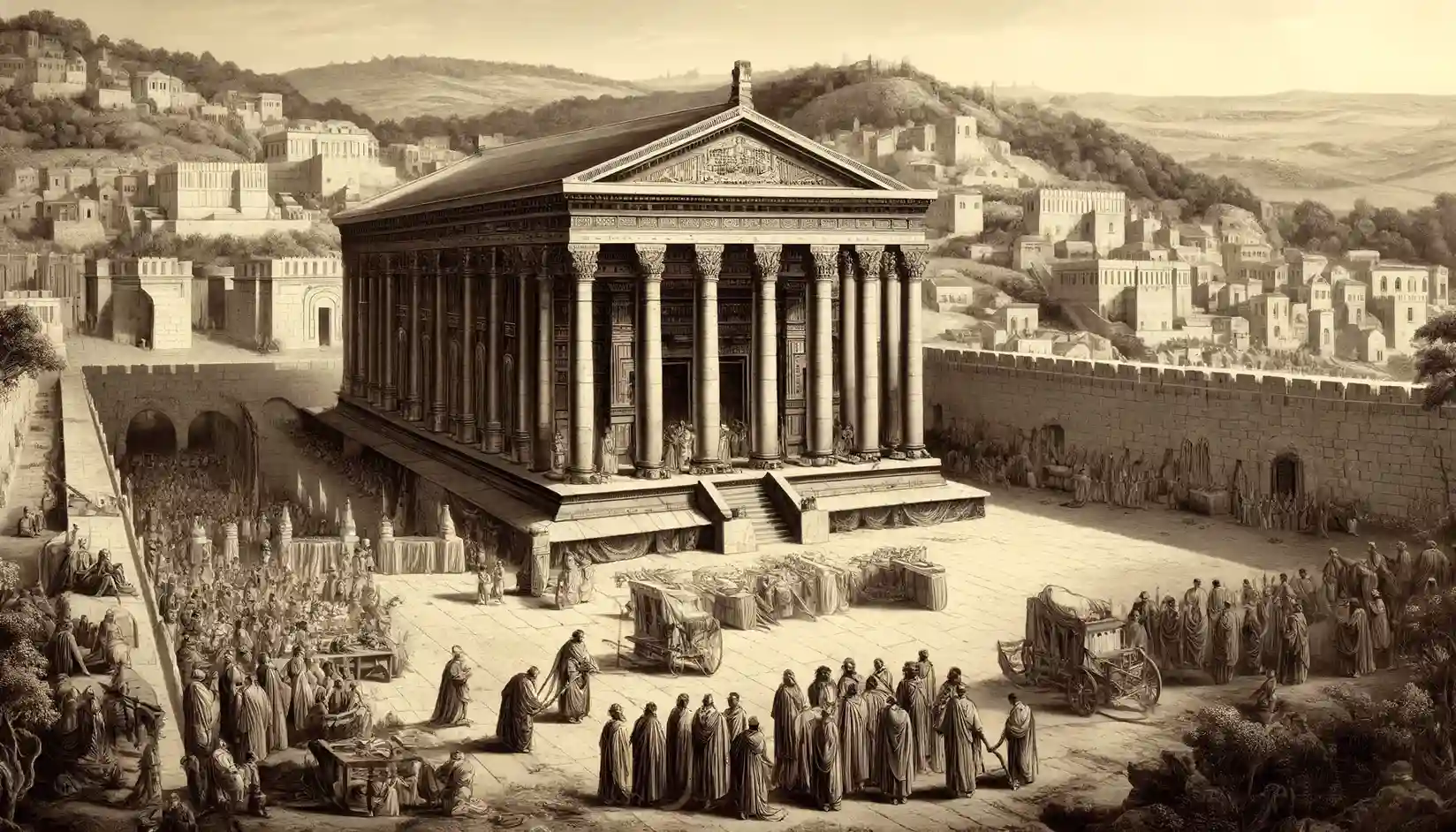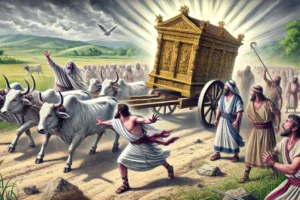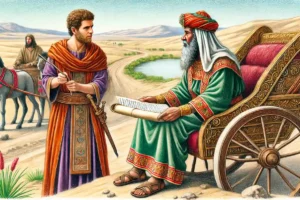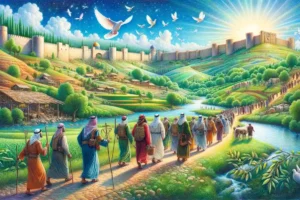
The Rebuilding of the Temple
The rebuilding of the Temple in Jerusalem, commonly referred to as the Second Temple, is an essential event in Jewish history, documented extensively in the books of Ezra and Nehemiah in the Bible. This project, initiated under the decree of Cyrus the Great and completed under the leadership of Zerubbabel, faced various challenges but ultimately restored a central place of worship for the Jewish people.
- Initial Decree: The process began in 538 BCE when Cyrus the Great of Persia issued a decree that allowed the Jewish exiles in Babylon to return to Jerusalem and rebuild the Temple.
- Foundation Laid: The foundation of the Second Temple was laid in 536 BCE amidst great celebration, but also mixed emotions, as the elders who had seen the First Temple wept at the contrast (Ezra 3:12).
- Opposition and Delays: The construction faced significant delays due to opposition from neighboring peoples who feared the implications of a restored Jerusalem. This opposition led to the cessation of work, which lasted until the second year of the reign of Darius the Great (circa 520 BCE).
- Prophetic Encouragement: The prophets Haggai and Zechariah played critical roles during this period by encouraging the people to resume building and by providing divine messages of support.
- Completion and Dedication: The temple was completed in 516 BCE, during the sixth year of the reign of Darius, exactly 70 years after the destruction of the first Temple, as prophesied by Jeremiah. It was then dedicated with joyous celebrations and sacrifices.
- Lesser Splendor: Compared to Solomon’s Temple, the Second Temple was initially less magnificent, which caused some initial disappointment among those who had seen the first Temple. However, it was later significantly enhanced by Herod the Great.
- Symbolic and Practical Importance: The rebuilt Temple served not only as a physical place for worship but also as a powerful symbol of the Jewish community’s renewal and continuity. It was the center of Jewish religious life until its destruction by the Romans in 70 CE.
The Rebuilding of the Temple, specifically referring to the Second Temple in Jerusalem, is a significant historical and religious event that occurred in the late 6th century BCE. This analysis will cover the historical context, the process of rebuilding, its significance, and the legacy it left behind.
Historical Context
First Temple Destruction
- The First Temple, also known as Solomon’s Temple, was built in the 10th century BCE by King Solomon.
- It was destroyed in 586 BCE by the Babylonians under King Nebuchadnezzar II, leading to the Babylonian Exile of the Jewish people.
Babylonian Exile
- The Jewish population was exiled to Babylon, marking a period of significant hardship and reflection.
- During the exile, Jewish leaders and prophets such as Ezekiel provided spiritual guidance and hope for the return to Jerusalem and the rebuilding of the Temple.
The Rebuilding Process
Cyrus the Great and the Edict
- In 539 BCE, Cyrus the Great of Persia conquered Babylon.
- In 538 BCE, Cyrus issued an edict allowing the exiled Jews to return to Jerusalem and rebuild their Temple, as documented in the Book of Ezra.
Return and Initial Efforts
- Under the leadership of Sheshbazzar, and later Zerubbabel and Joshua the High Priest, the first wave of Jewish exiles returned to Jerusalem.
- The foundation of the Second Temple was laid amid mixed reactions; joy from the younger generation and weeping from the elders who remembered the First Temple’s glory.
Opposition and Delays
- The rebuilding faced opposition from surrounding peoples, including the Samaritans, leading to delays and discouragement.
- The prophets Haggai and Zechariah played crucial roles in motivating the people to continue the work.
Completion
- The Temple was finally completed in 516 BCE, during the reign of Darius I of Persia, approximately 70 years after the destruction of the First Temple.
Significance
Religious Significance
- The Second Temple became the center of Jewish worship and religious life.
- It housed important religious artifacts and was the site of significant rituals and festivals.
Symbolic Meaning
- The rebuilding symbolized the resilience and continuity of the Jewish faith and people.
- It fulfilled the prophecies of return and restoration, reinforcing the covenant between God and the Israelites.
Sociopolitical Impact
- The Temple served as a focal point for Jewish identity and unity in the post-exilic period.
- It played a central role in the socio-political structure of Judean society, with the High Priesthood gaining considerable influence.
Legacy
Herod’s Renovation
- King Herod the Great significantly renovated the Second Temple around 20 BCE, expanding and beautifying it. This version is often referred to as Herod’s Temple.
Destruction in 70 CE
- The Second Temple was destroyed by the Romans in 70 CE during the First Jewish-Roman War.
- Its destruction marked a significant turning point in Jewish history, leading to changes in religious practices and the eventual development of Rabbinic Judaism.
Cultural and Religious Memory
- The Temple’s destruction is mourned annually on Tisha B’Av, a day of fasting and remembrance.
- The Western Wall, a remnant of the Temple complex, remains a sacred site for Jewish prayer and pilgrimage.
Conclusion
The Rebuilding of the Temple is a pivotal event in Jewish history, symbolizing resilience, faith, and renewal. Despite its eventual destruction, the Second Temple period left a lasting legacy on Jewish culture, religion, and identity. The stories and prophecies associated with the rebuilding continue to inspire and shape Jewish thought and tradition to this day.



